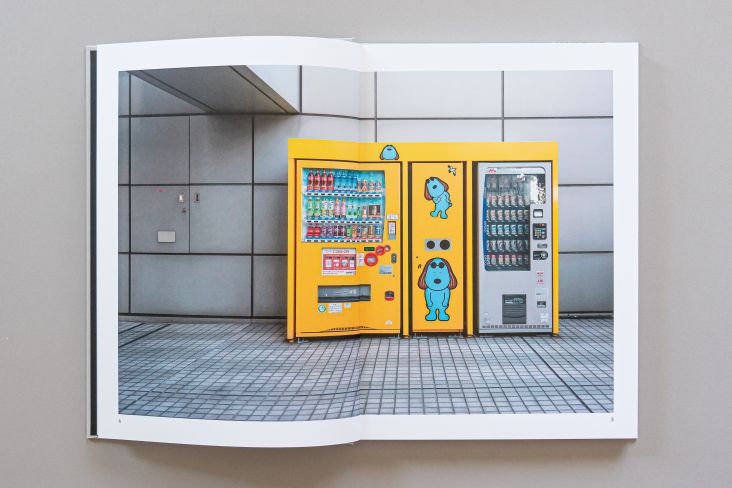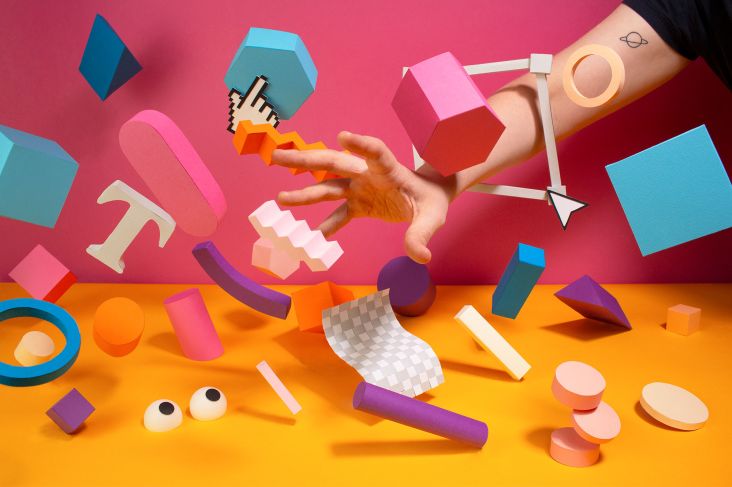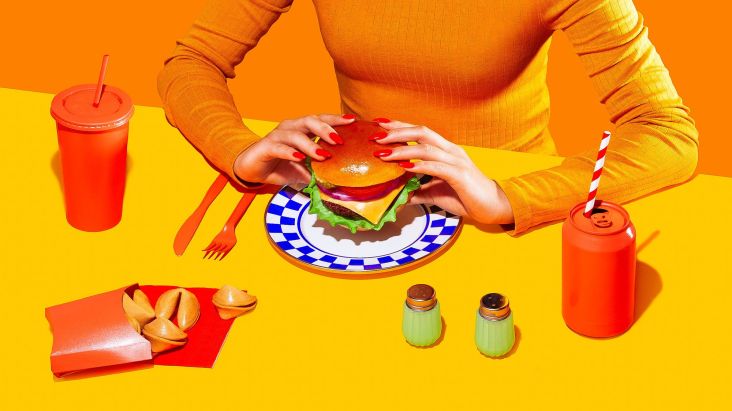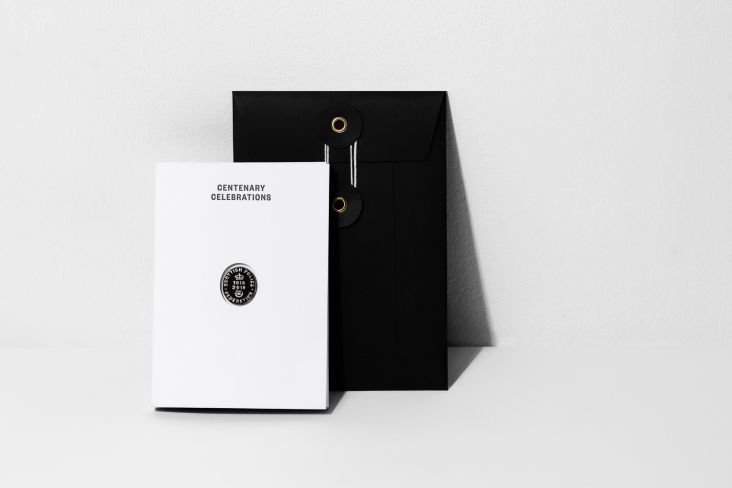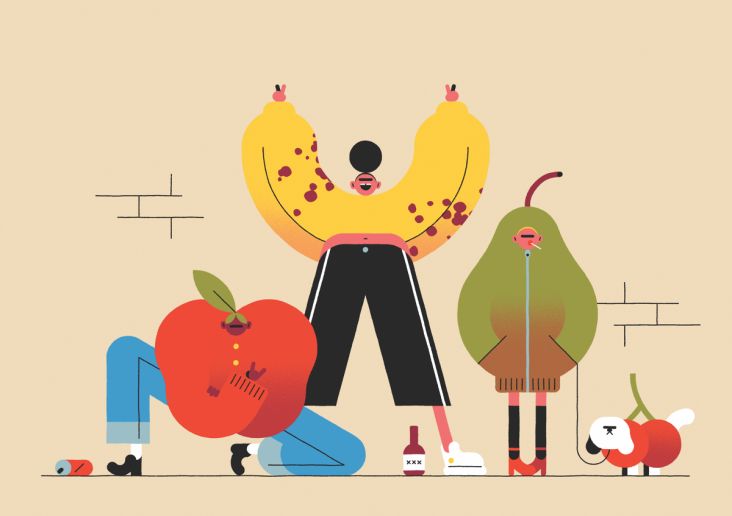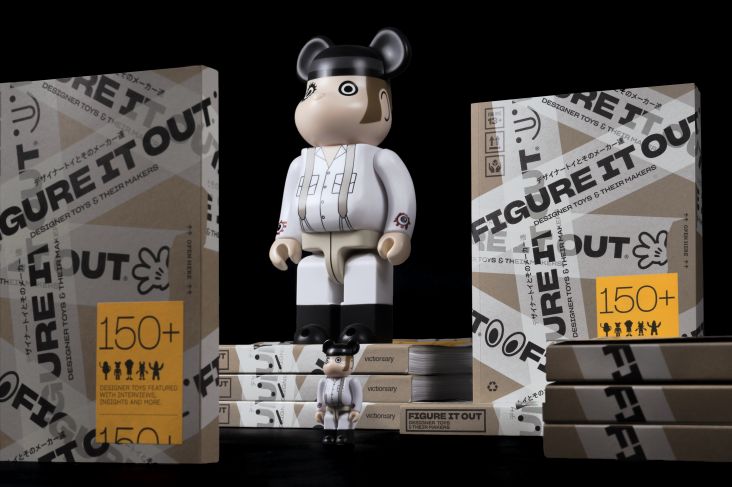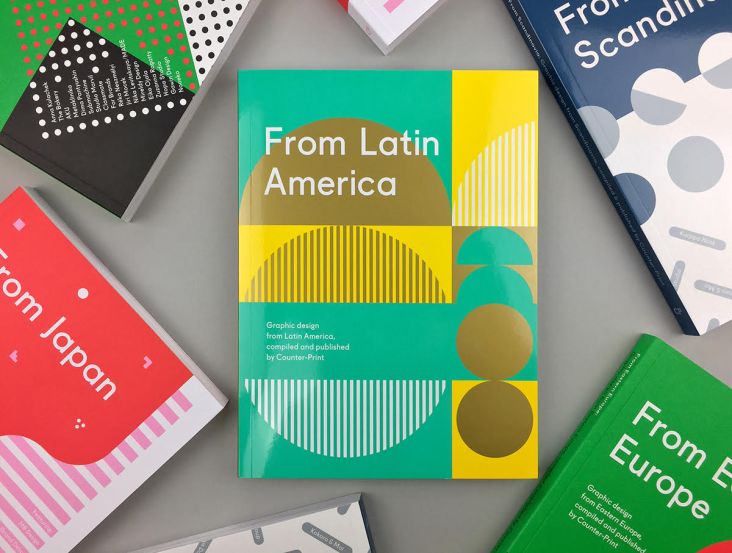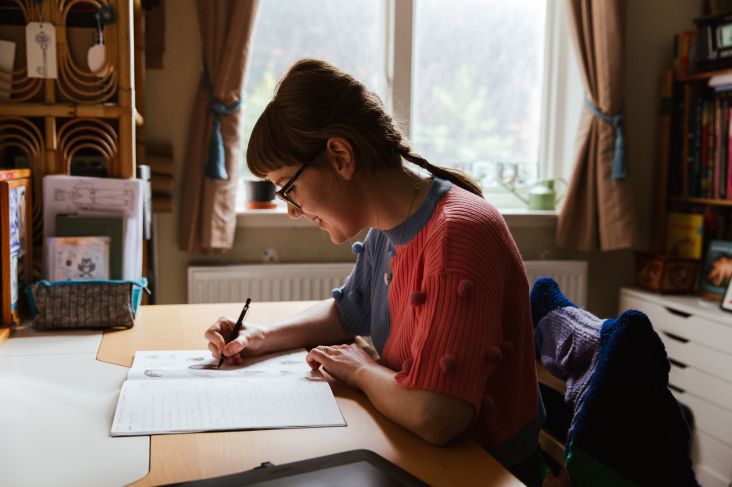Brooklyn designer Lake Buckley shows us the five books that have helped shape her award-winning career
Lake Buckley is an award-winning designer and creative director working across film, branding, photography and illustration. In 2017, she turned down an in-house role at Patagonia to launch her freelance design career in a tiny studio in Brooklyn, New York.
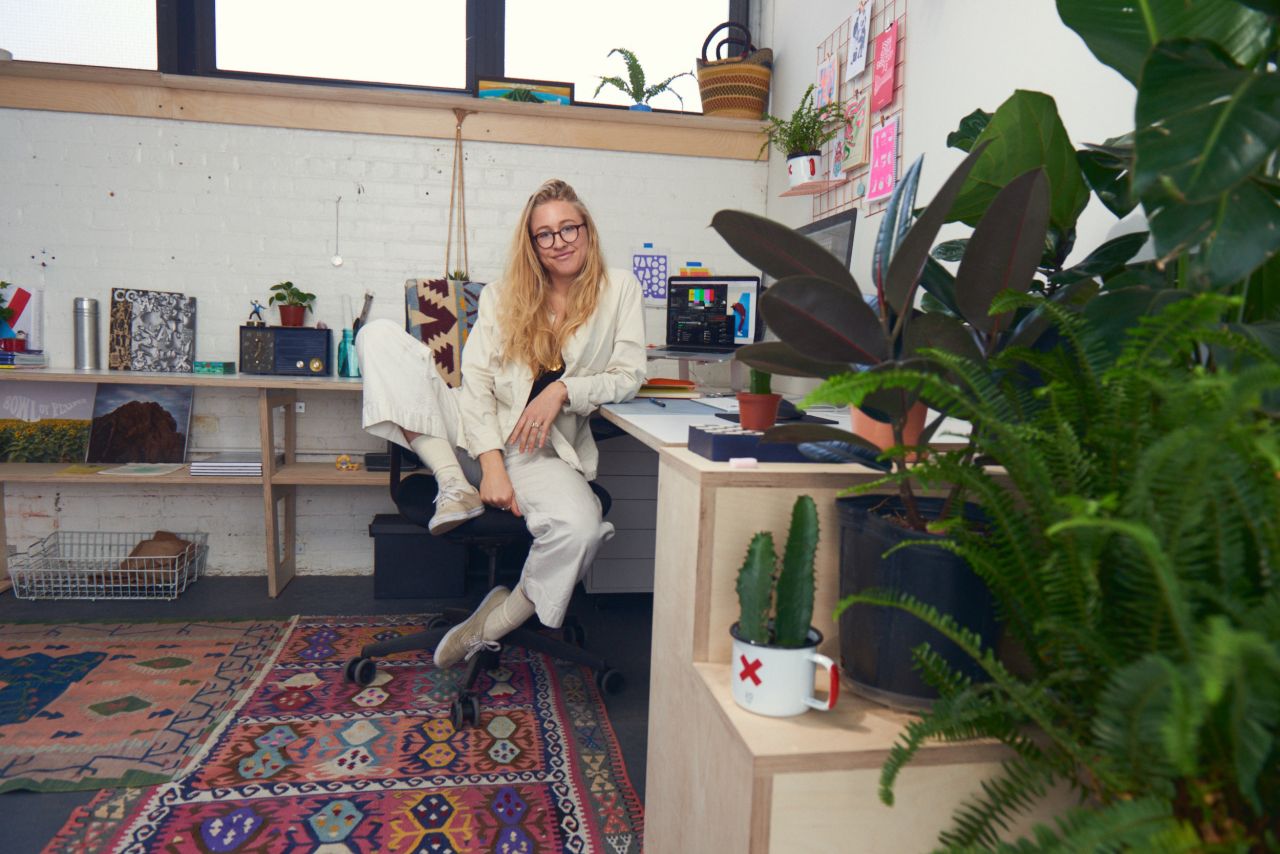
Since then her work has earned a Fast Company’s World Changing Ideas Award, SPD Awards, recognition from the Walker Art Center and has been showcased at Type Directors Club and Sundance Film Festival.
She currently works with a small and mighty team at SpecialGuest in Dumbo – a communication and art company with a knack for experimentation and disruptive thinking.
“Recently I’ve been reading graphic novels. I like the medium because it feels like a hybrid of literature and film. Two recent favourites have been 'Here' by Richard McGuire and 'Asterios Polyp' by David Mazzucchelli. Since graduate school, my continued design education generally takes the form of lectures, articles and discussions with friends, but here are some of the design related books that had a big impact on me.”
We asked Lake to kindly share her favourite books. Ones that have helped shape her successful career so far. Lake, it's over to you.
1. Seeing Form by Anther Kiley
This is not a classic book you can buy from Amazon, it’s a student thesis book from RISD. I read it while I was attending graduate school and it was incredibly liberating to have the importance of formal design education positioned within an academic context. Many design school environments put emphasis on the academic and conceptual nature of design, without fully celebrating that ‘form’ in design can be expressive of, and justified by the process of its making.
This text looks at the way we have constructed meaning and assigned value to the construct of ‘form’ within design and how this meaning has changed over time. As someone who believes in a methodology of ‘thinking through making’, this book allowed me to understand my own process while contextualizing it within larger design discourse.
Access Anther Kiley’s thesis through the Rhode Island School of Design Library
2. Multiple Signatures by Michael Rock
“The great trick of graphic design is to appear to be on the surface while actually occupying the core.” – Mark Wigley
This text feels more like entering a conversation than reading an omniscient point of view, while loosely positioning design to be neither form nor content but the interstitial space between. It inspired me to view graphic design as a form of inquiry that can invite participation from a viewer. The article ‘Fuck Content’ was especially meaningful to me at the time I read it, it revealed the subjective nature of design and design discourse as something that is continually evolving with its makers.
3. A NOT B by Uta Eisenreich
There are no words in this book, but you can still read it, and it’s pure delight. Uta Eisenreich is interested in speaking with objects, as well as the history of symbolism associated with them.
She plays with the shortcomings of our cognitive toolkit while exploring how to write sentences with objects alone. The book is a series of cognitive puzzles that flip-flop between common sense and nonsense (my favourite territory). This book, as well as the early film work of William Wegman (before he started working with dogs), helped me to recognize the type of humour I love in design, and in the world.
Her work caused me to go down a rabbit hole of reading about humour and trying to crystallise what I was feeling into words. Through this research, I came to the term ‘Incongruous Humor.’ Huzzah! This is the type of humour sparked when the logical is cast against the absurd in a mismatch of ideal and actual. As New York Times writer Jim Holt describes, we laugh when “two things normally kept in separate compartments in our minds are unexpectedly yanked together.”
The joke forces a perception of incongruity. Puns, surrealism, words that have one meaning but we supplant with another, this is the humour of incongruity, and I love it.
(This book is one of the hardest books to find out there, check the special collections of Yale, RISD, Princeton, Colombia or International Center for Photography library.)
4. Ecology of Commerce by Paul Hawken
I read this book nearly a decade ago, but it was relevant then and it’s relevant now. In summary, this book engages with the realities of making more stuff while living on a finite planet with finite resources. It invites the viewer to see how finding creative solutions to internalizing externalities can be lucrative and also drive market competition towards sustainability. Justifying making more crap in the world on a daily basis is difficult, so the more designers can engage with the broader context of the material world and its limits, the better.
5. Poetics Of Space by Gaston Bachelard
I rarely finish academic design books. To be honest, I think there are still 20 pages waiting for me of this book, but I love the ideas in it. It made me realize how architectural spaces influence the nature of my thoughts and the archiving of my memories.














